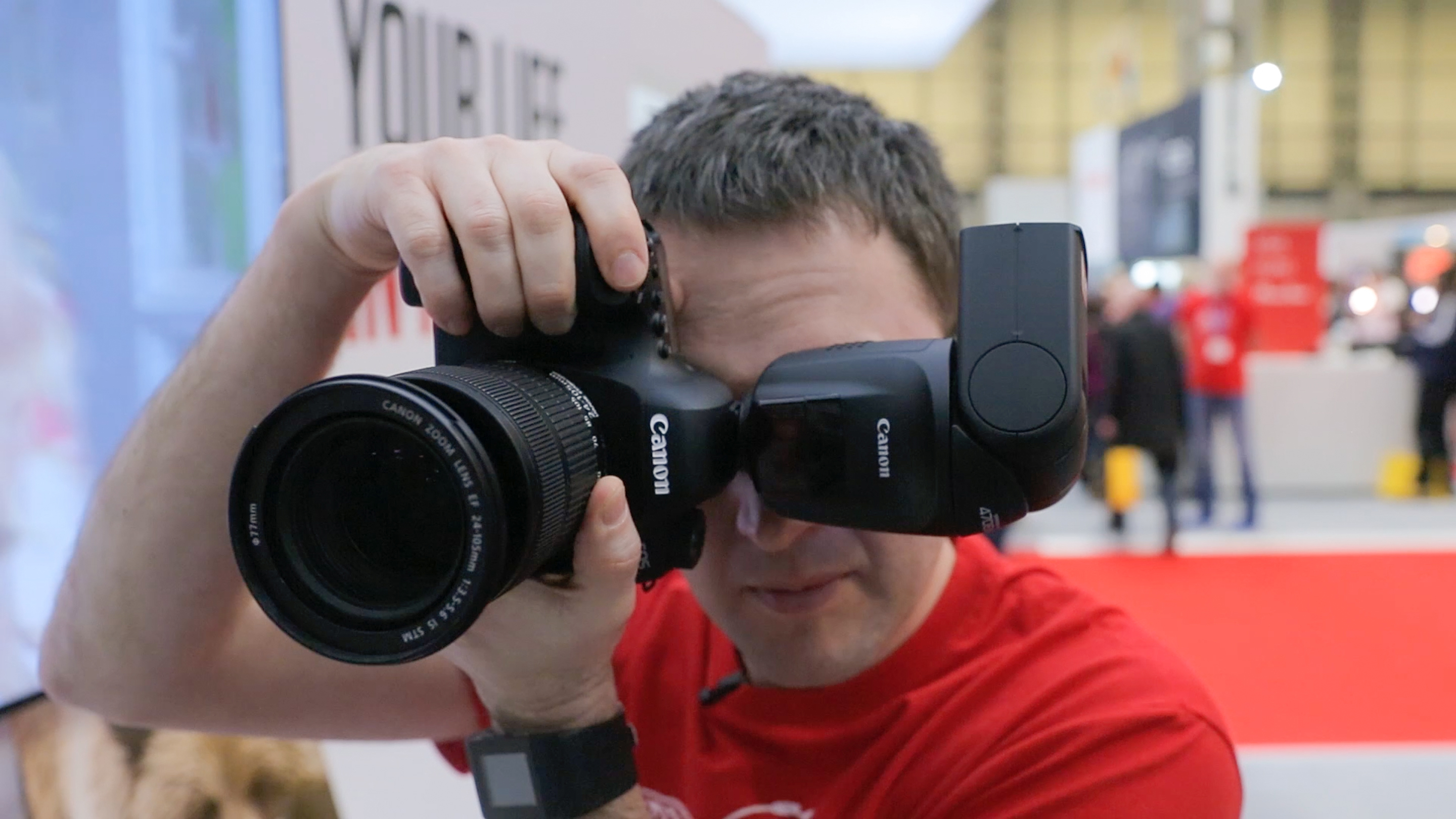Digital Camera World Verdict
To some, this flashgun will be an amazingly innovative, useful and time-saving tool. To others, it will feel like gimmickry gone mad. Either way, it’s very expensive and relatively poor value if you’re happy to set your own bounce and swivel angles.
Pros
- +
Innovative motorized bounce & swivel
- +
Super-accurate exposure
- +
Fast recycling
Cons
- -
Lacks radio-controlled operation
- -
Expensive
Why you can trust Digital Camera World
We’ve all seen flashguns with clever heads. Smart features like TTL metering and motorized zooms that track the focal lengths of camera lenses have been around for many years. Canon’s latest Speedlite takes things to a new level, aiming to automatically optimize flash lighting with the addition of a motorized bounce and swivel functions, controlled by artificial intelligence.
In automatic mode, the 470EX-AI looks and feels a bit like an extra from a sci-fi movie. It plays all the angles, with the ability to move its own head through 120 degrees of vertical rotation and a full 180 degrees to the left or right.
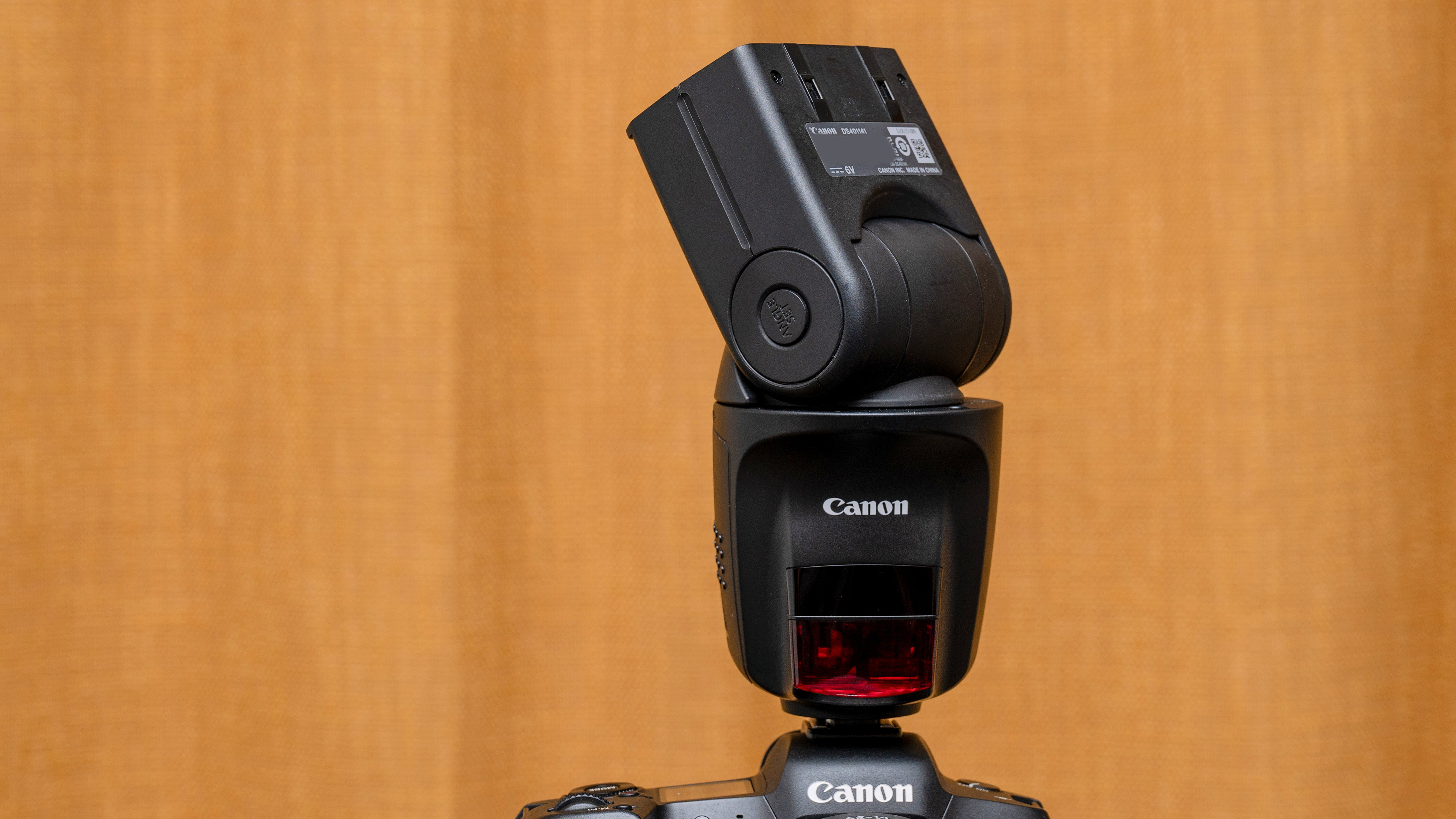
Features
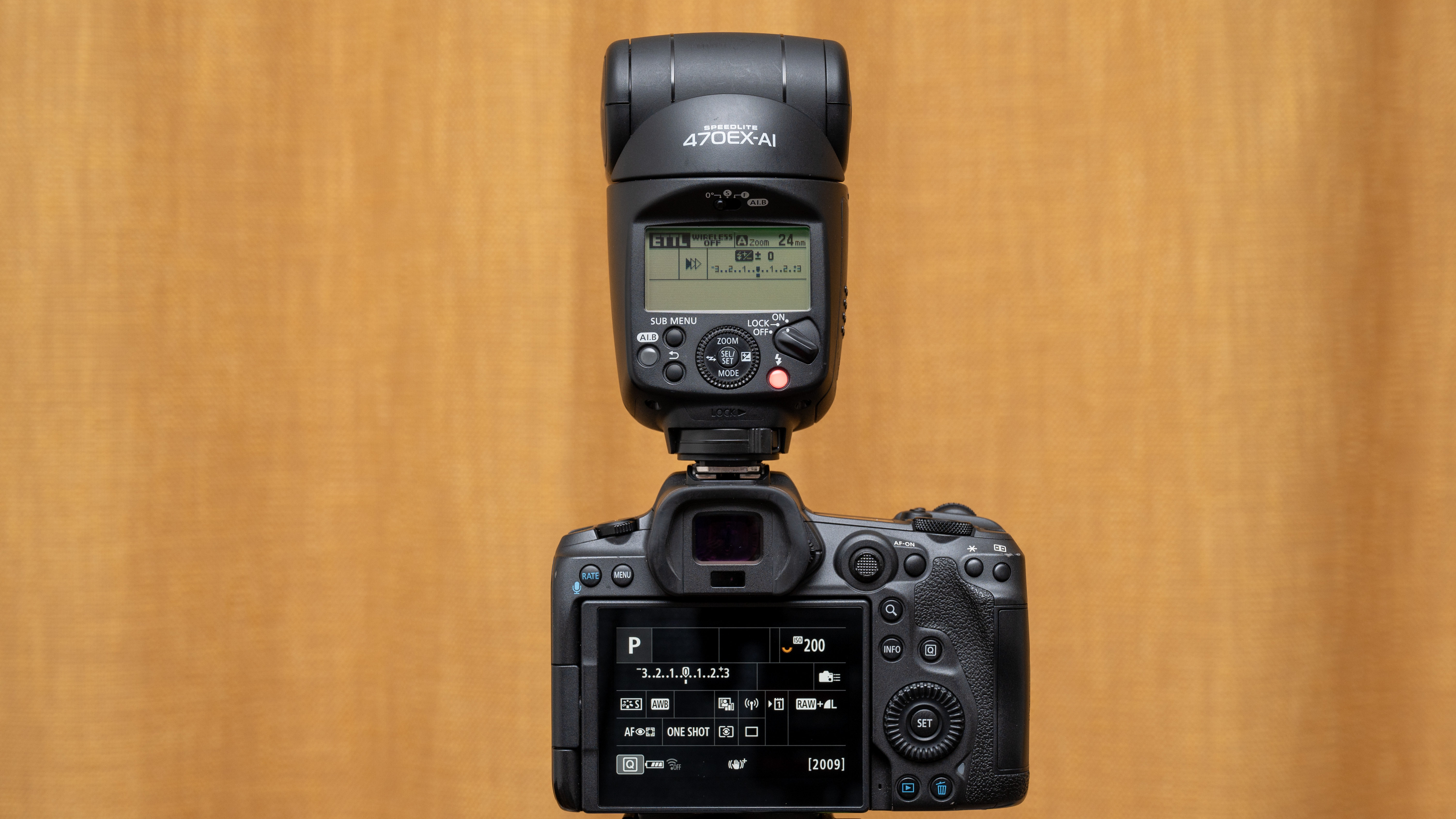
In fully automatic AI Bounce mode, the Speedlite fires a pre-flash pulse at the subject, then tilts vertically upwards and fires a second pre-flash pulse at the ceiling. It then calculates the optimum bounce angle, based on the distance to the subject and the distance to the ceiling. If you swap between portrait and landscape orientation, you can reposition the flash head by applying a double light-press to the camera’s shutter button. This relies on orientation sensors built into the flashgun, rather than the camera itself. This way, everything works properly even if you’re utilizing the flashgun off-camera.
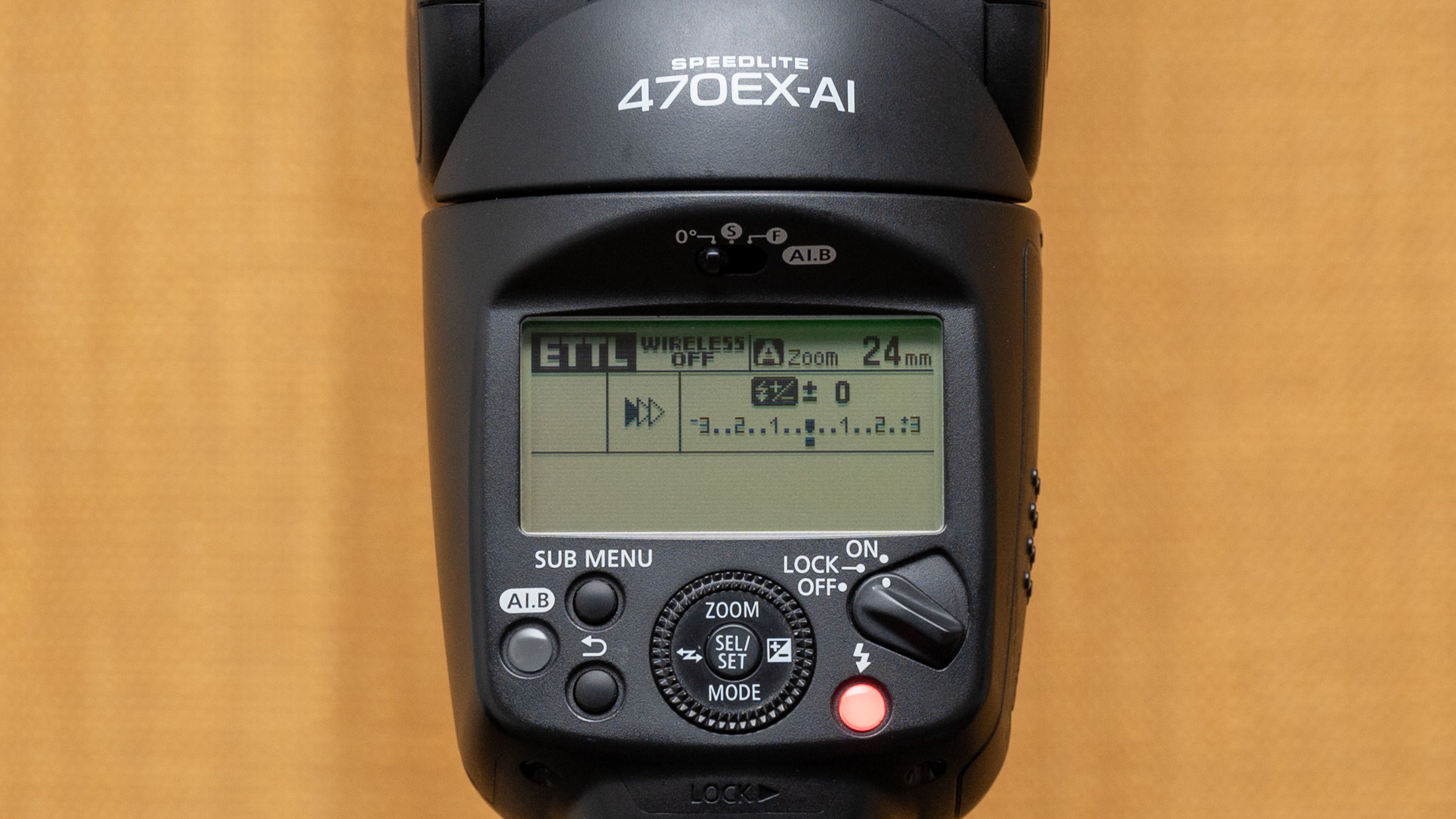
Naturally, some of us prefer to be in control. For example, you might like to bounce the flash off a white wall rather than a ceiling, or even fire it at a reflector panel. For this, the 470EX-AI offers a semi-automatic AI Bounce mode, in which you manually point the flash head in your desired direction and then press the ‘Angle Set’ button.
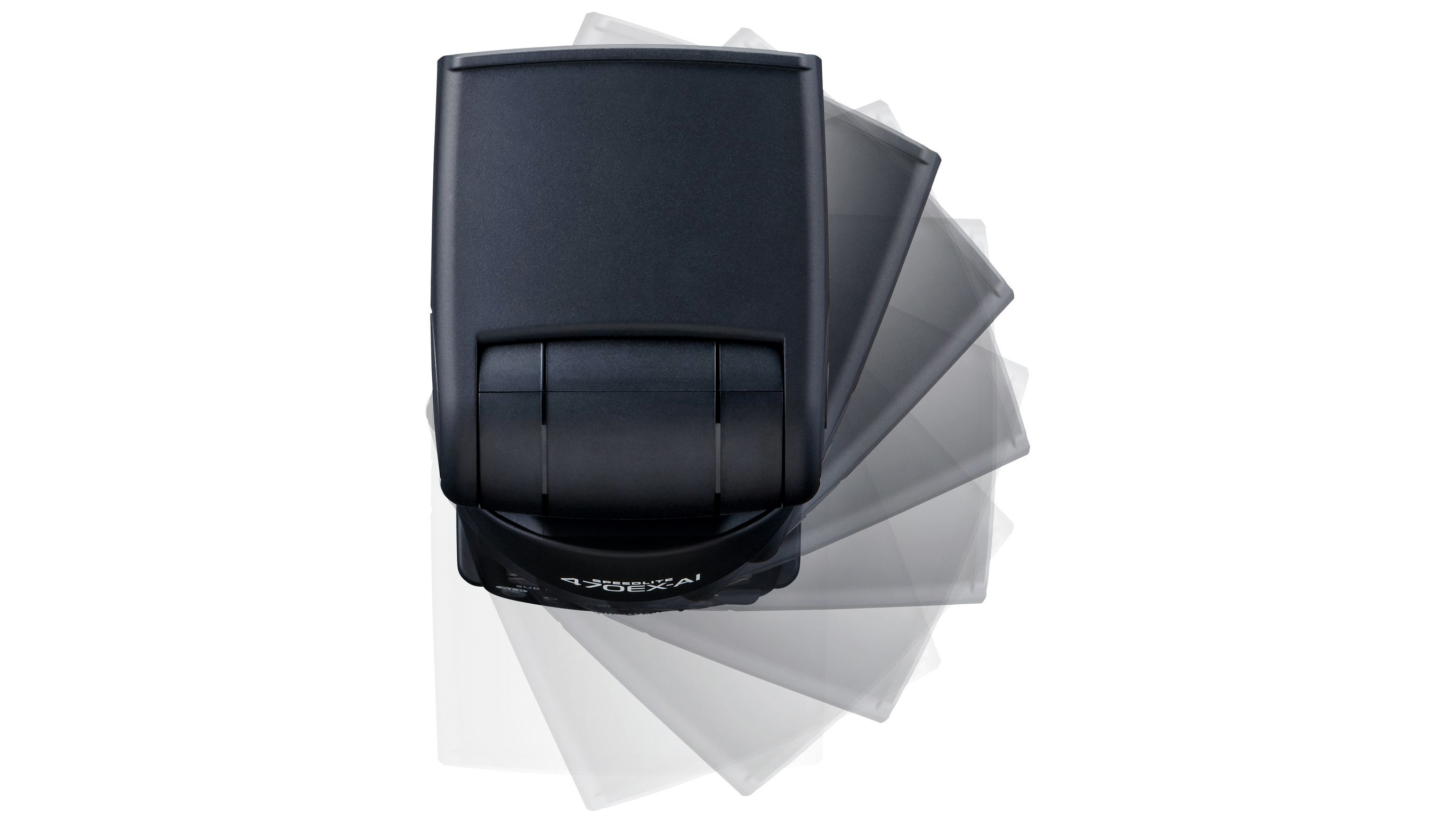
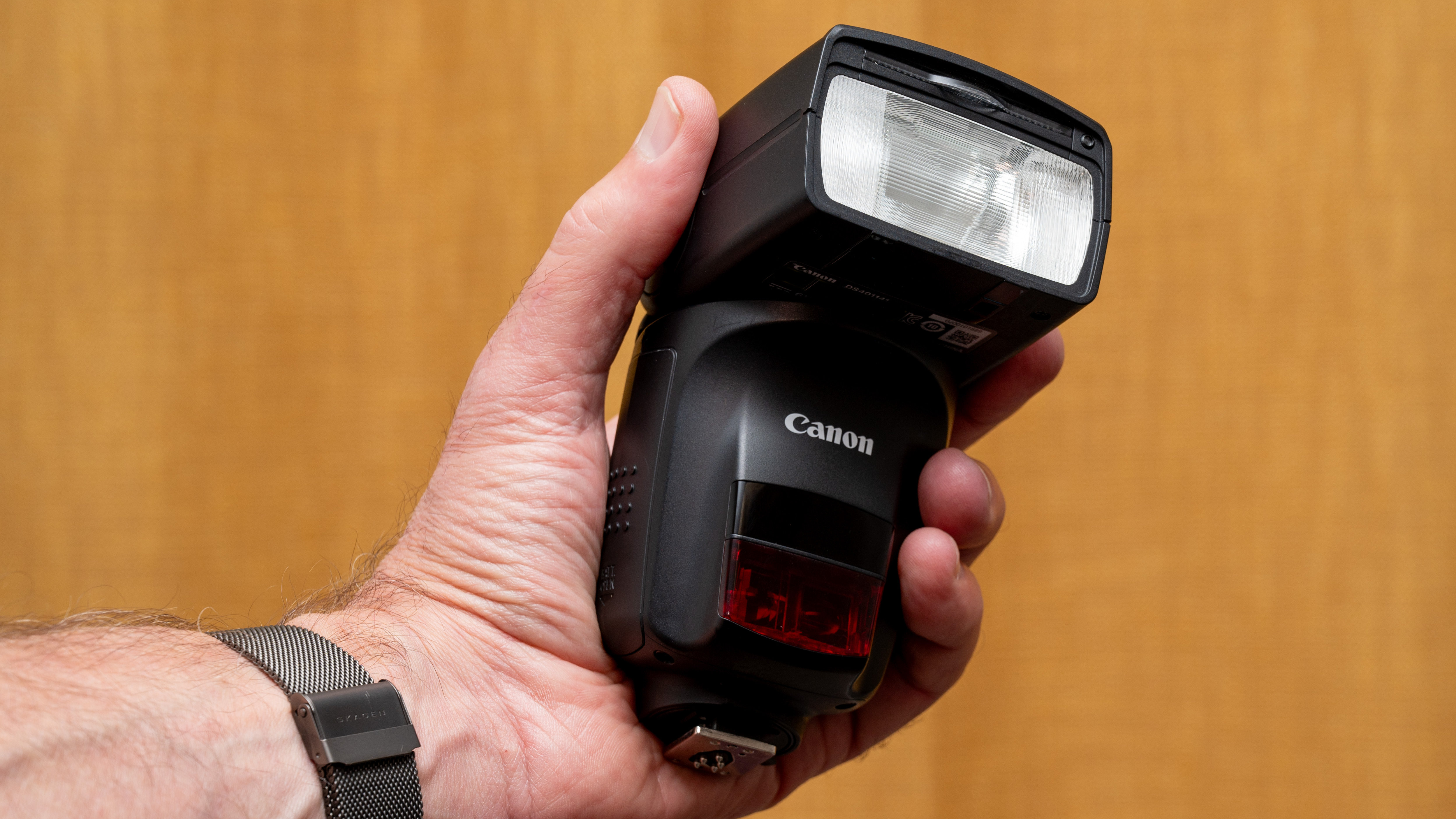
Again, you can switch between portrait and landscape orientation and apply a double light-press of the shutter button to maintain the same bounce angle. As well as fully automatic and semi-automatic modes, there’s also a 0-degrees option for selecting direct flash with no bounce or swivel.
One disappointment is that fully automatic AI Bounce mode is unavailable when using cameras launched before the second half of 2014 – including the Rebel T5/1200D, Rebel SL1/100D, Rebel T5i/700D, 70D, 6D, 5D Mk III and 1D X. When shooting with these as well as the newer Rebel T6/1300D, M3, M5 and M6, you can only use the semi-automatic mode, which is a shame.
In other respects, the 470EX-AI is quite conventional. It has a traditional control panel based on buttons, a rotary dial and mono LCD display, rather than a fancy color touchscreen.
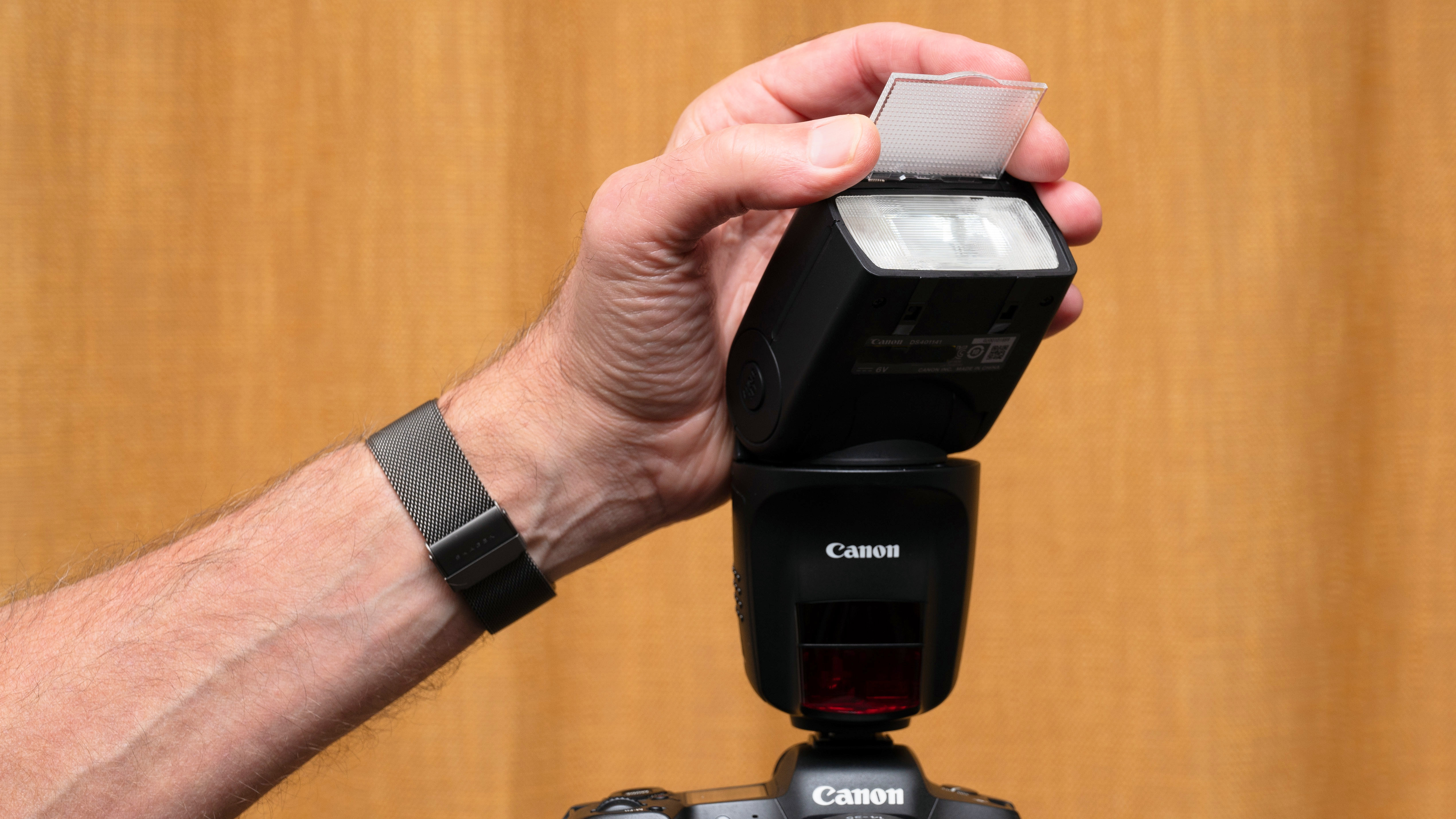
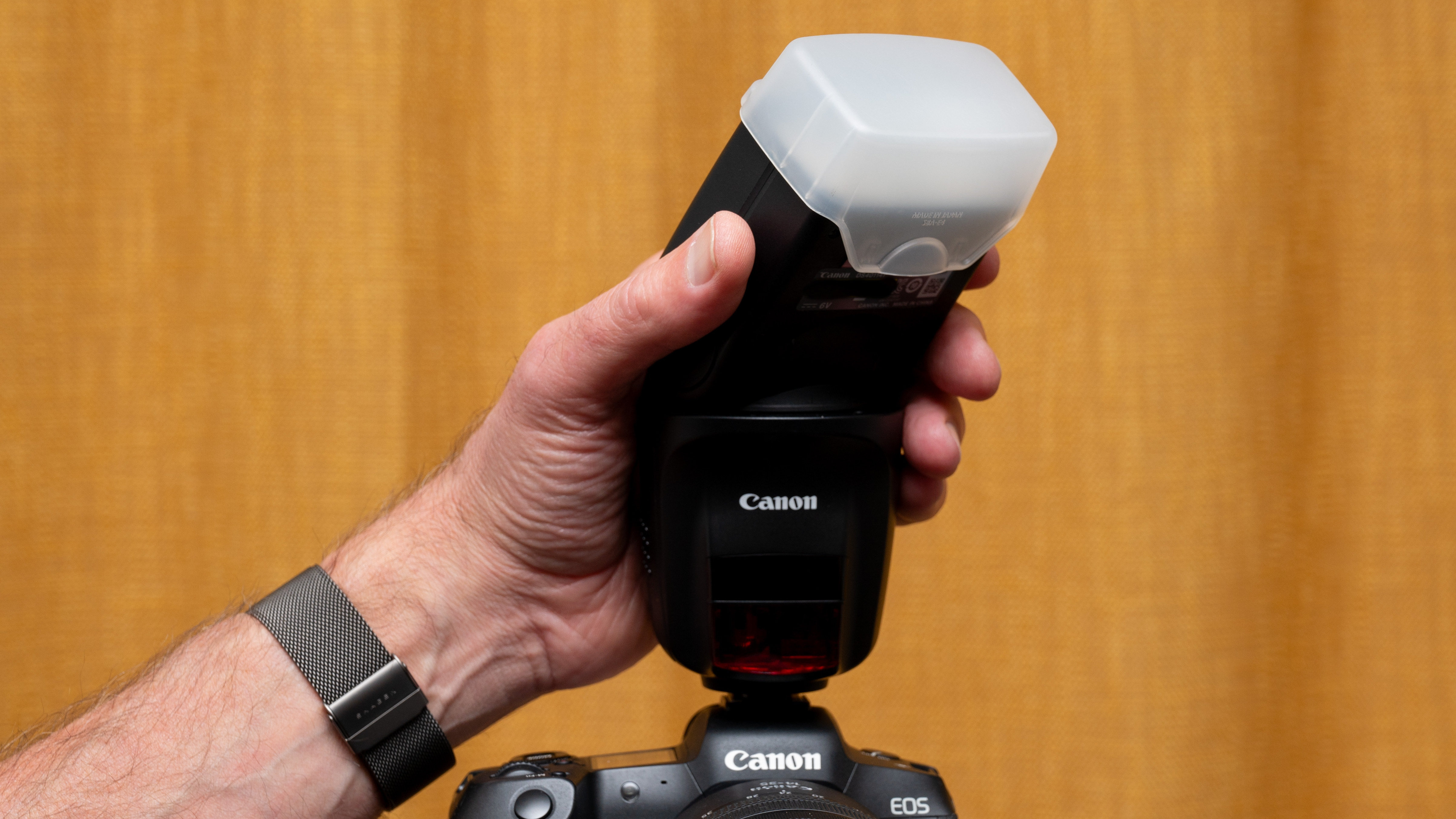
Perhaps a little surprisingly, it lacks the RF (Radio Frequency) communication of the Canon 430EX III-RT and both editions of the 600EX-RT. For wireless off-camera flash, it can only operate via an optical link, and only as a slave, not a master.
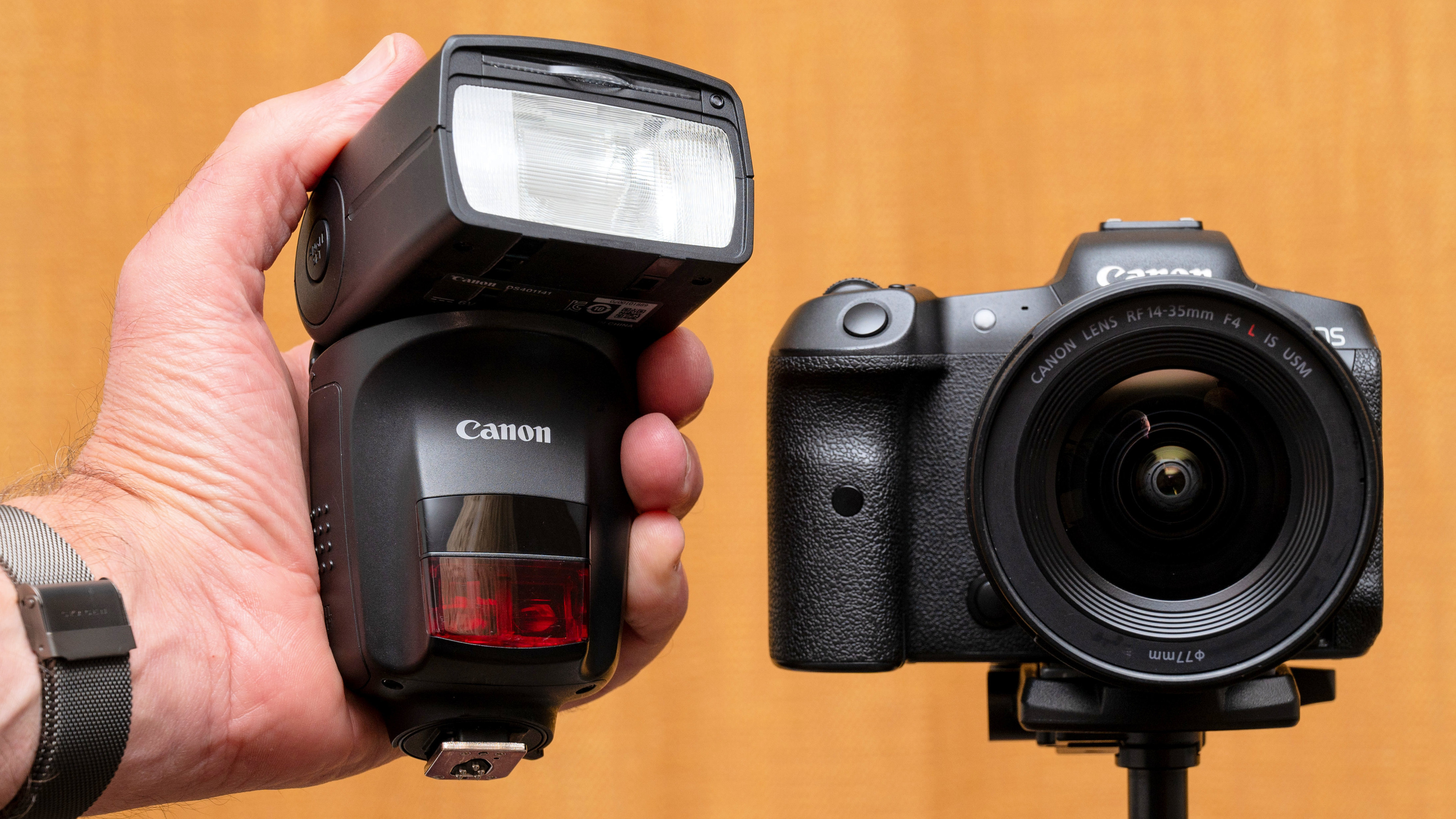
Specifications
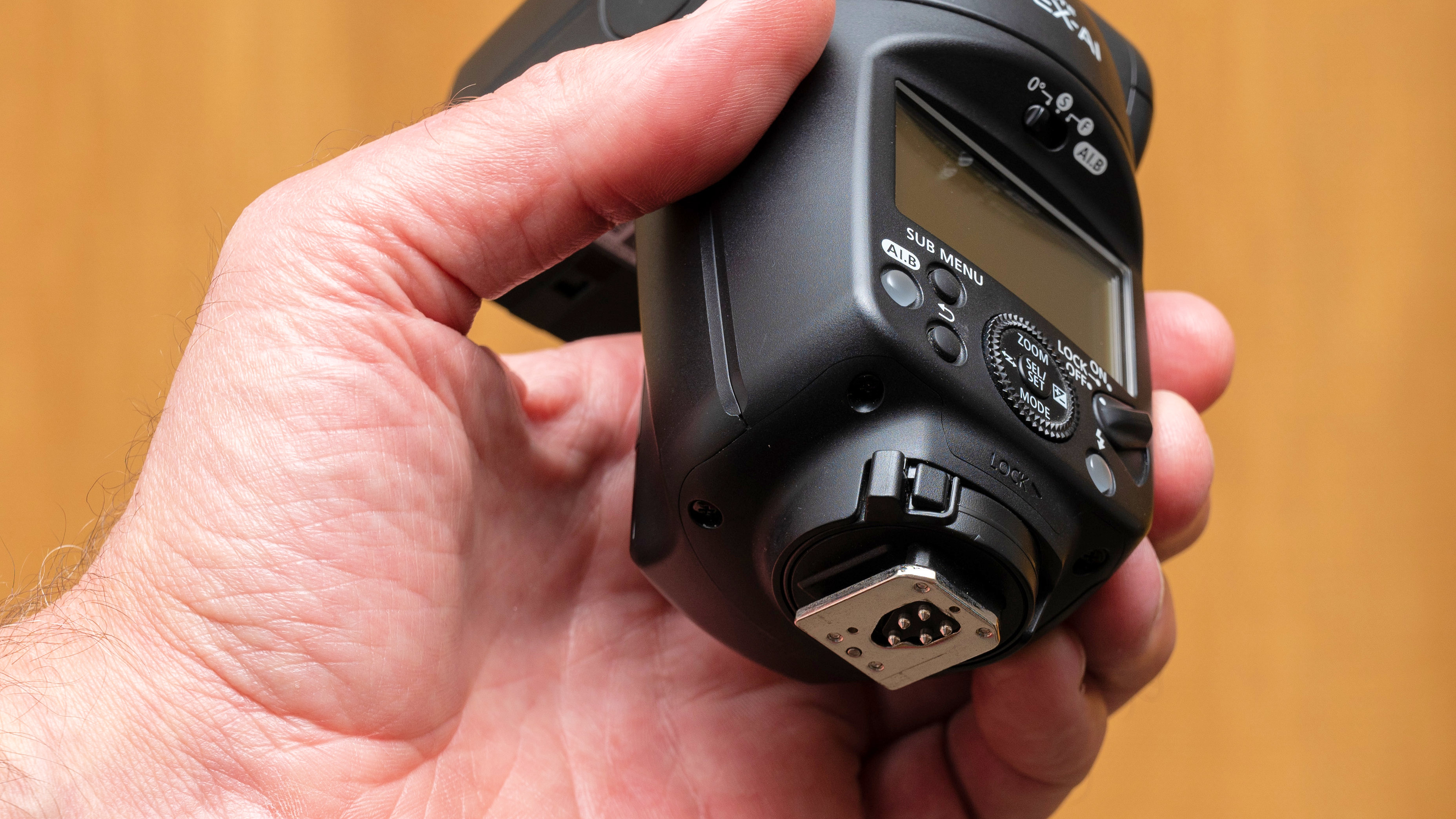
Max claimed Gn (ISO 100, metres) Gn 47
Bounce (degrees) 0 to 120 degrees
Swivel (left/right) 180 / 180
Zoom Range 24-105mm (auto)
Wide-angle Diffuser 14mm
Reflector card No
Auto Metering E-TTL / E-TTL II
Flash Exposure Comp +/-3EV
Manual Power Settings 1/1 to 1/128
AF-assist beam Red lamp
Secondary lamp No
Wireless Master/Slave Slave IR
Additional Flash Modes HSS, RC
Flash Info LCD Yes
Supplied accessories Stand, dome, soft case
Dimensions (W x H x D) 75x130x105mm
Weight (excl batts) 385g
Performance
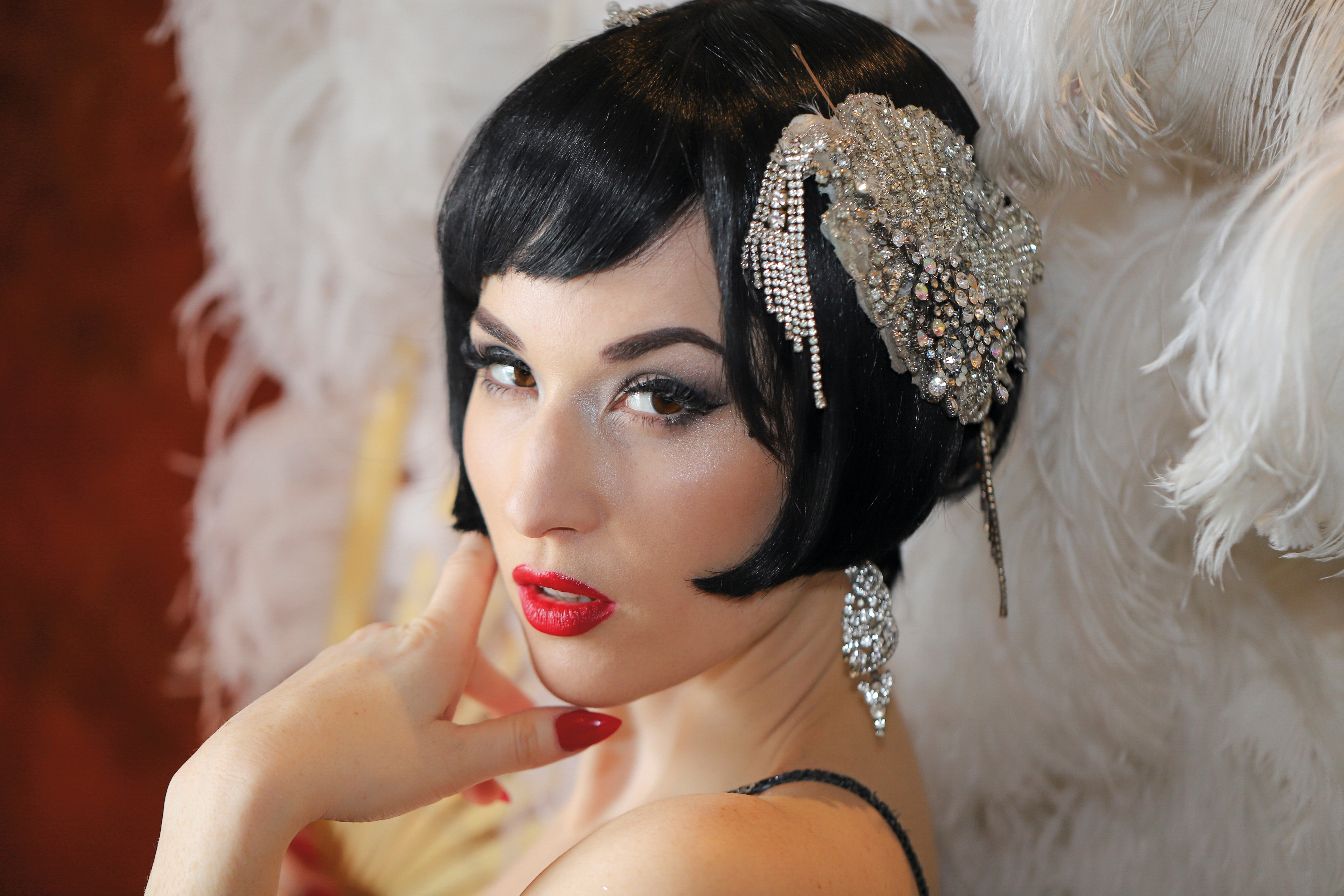
With a rating of Gn 47 (Guide number, ISO 100, metres) maximum output is more powerful than from the 430EX III-RT, but weaker than from the 600EX II-RT. Recycling after a flash is both silent and pretty swift, TTL metering is usually accurate and consistent in direct and bounce/swivel modes. Battery life is about two-thirds of the 430EX II-RT, ranging from around 115 to 800 shots on a set of four alkaline cells, depending on output power and how much you use the motorized bounce/swivel and zoom functions.
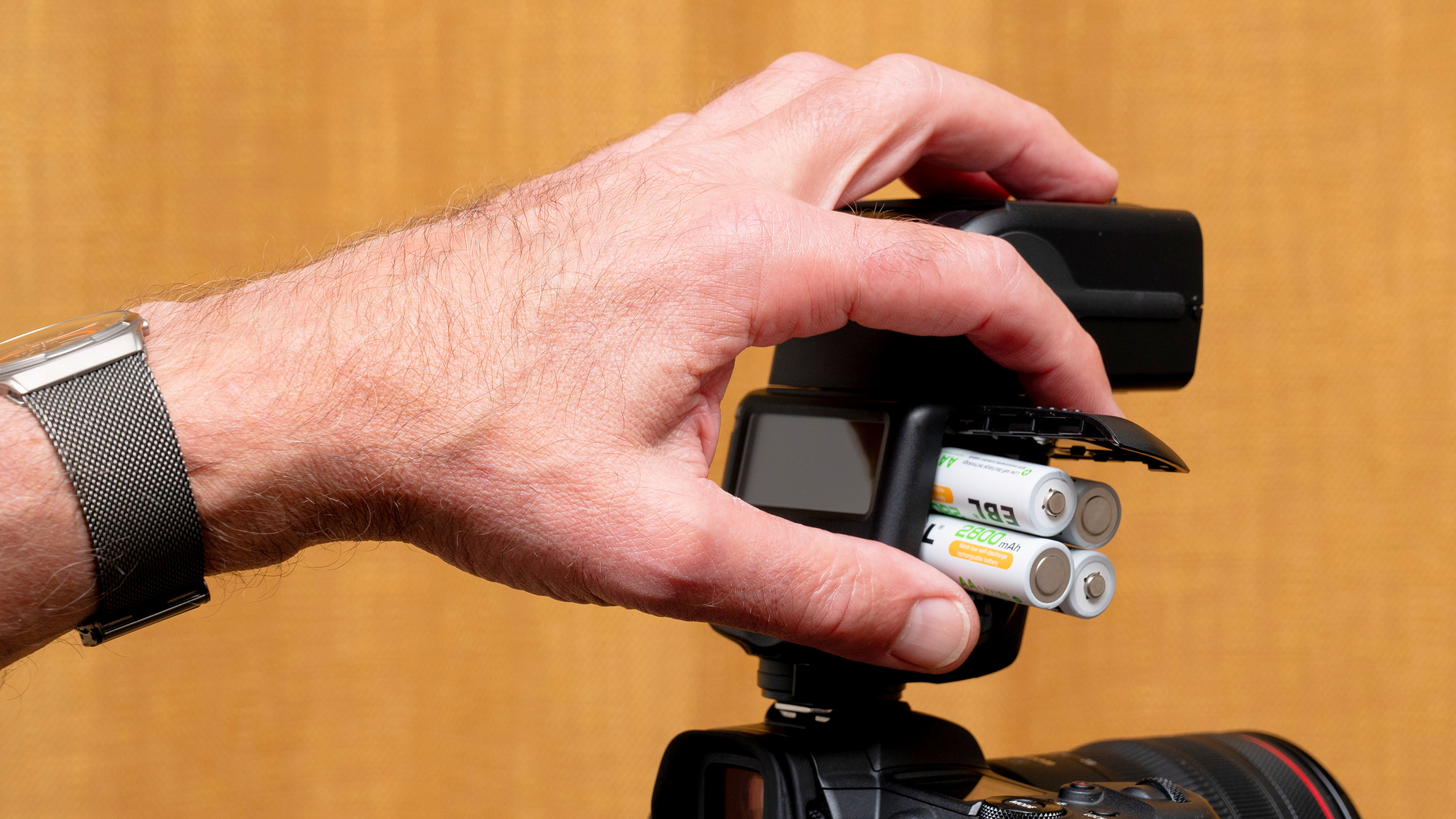
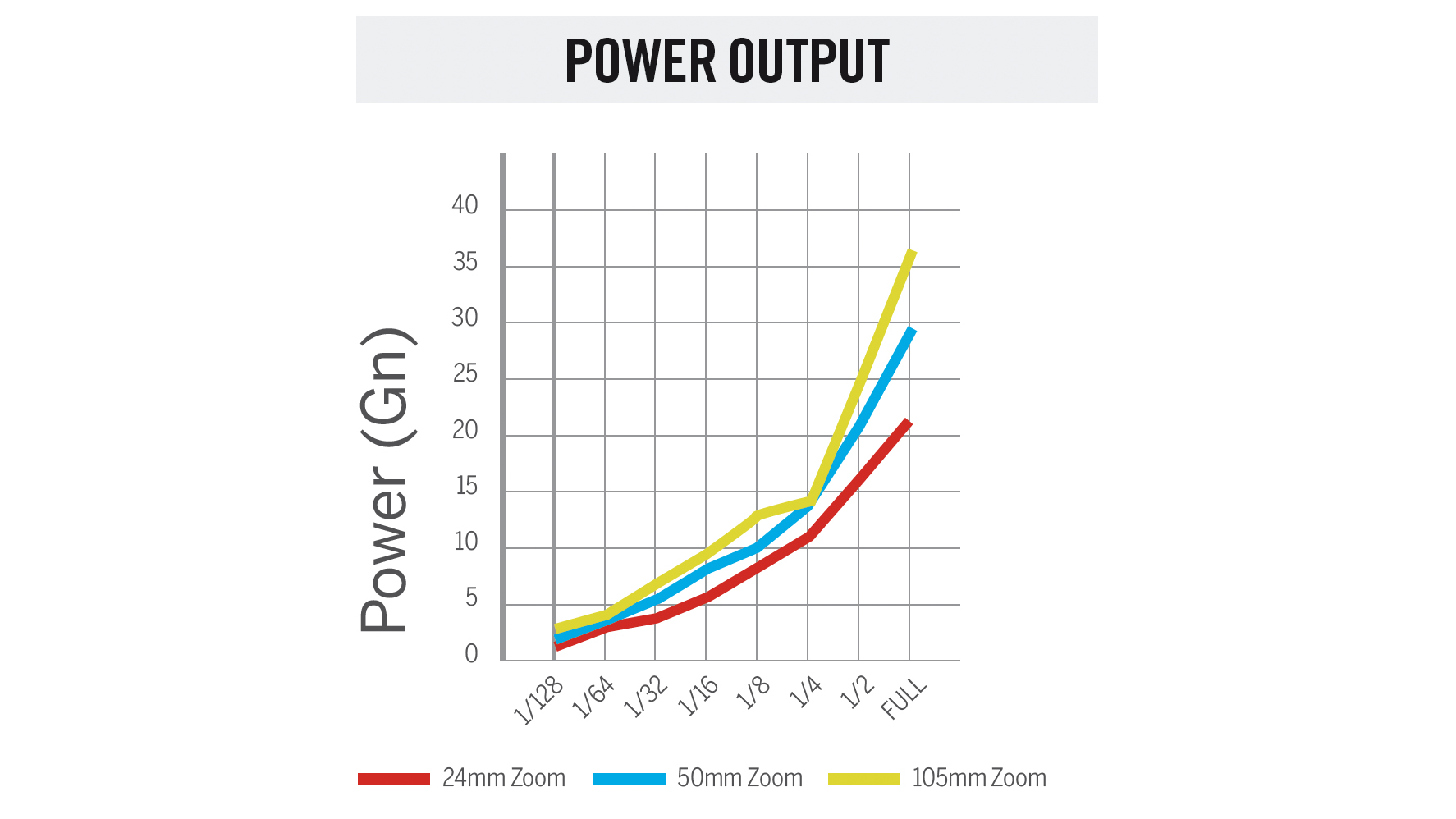
Maximum output is pretty powerful but it just about lags behind Canon’s powerful 600EX series flashguns
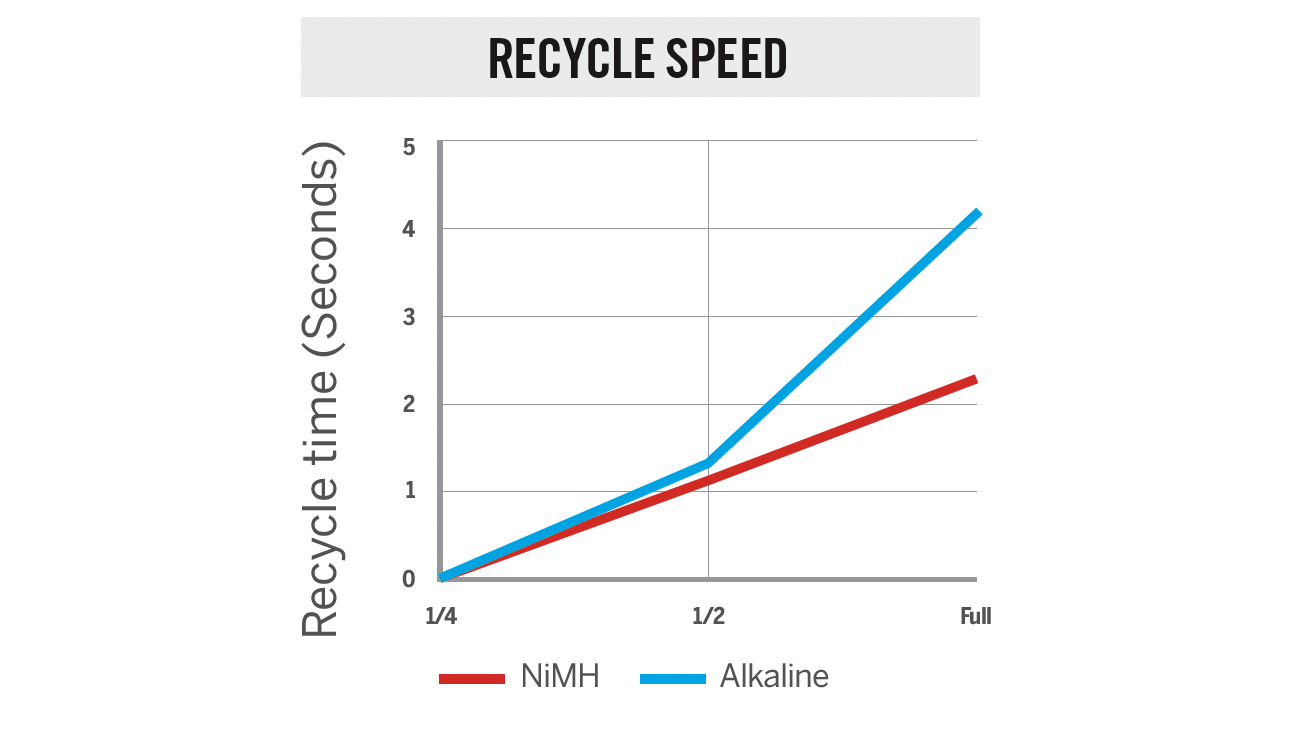
Recycling speed is quick even after utilizing a full-power flash, especially when using the NiMH batteries

TTL metering is incredibly accurate and consistent, for both direct and bounce mode flash modes
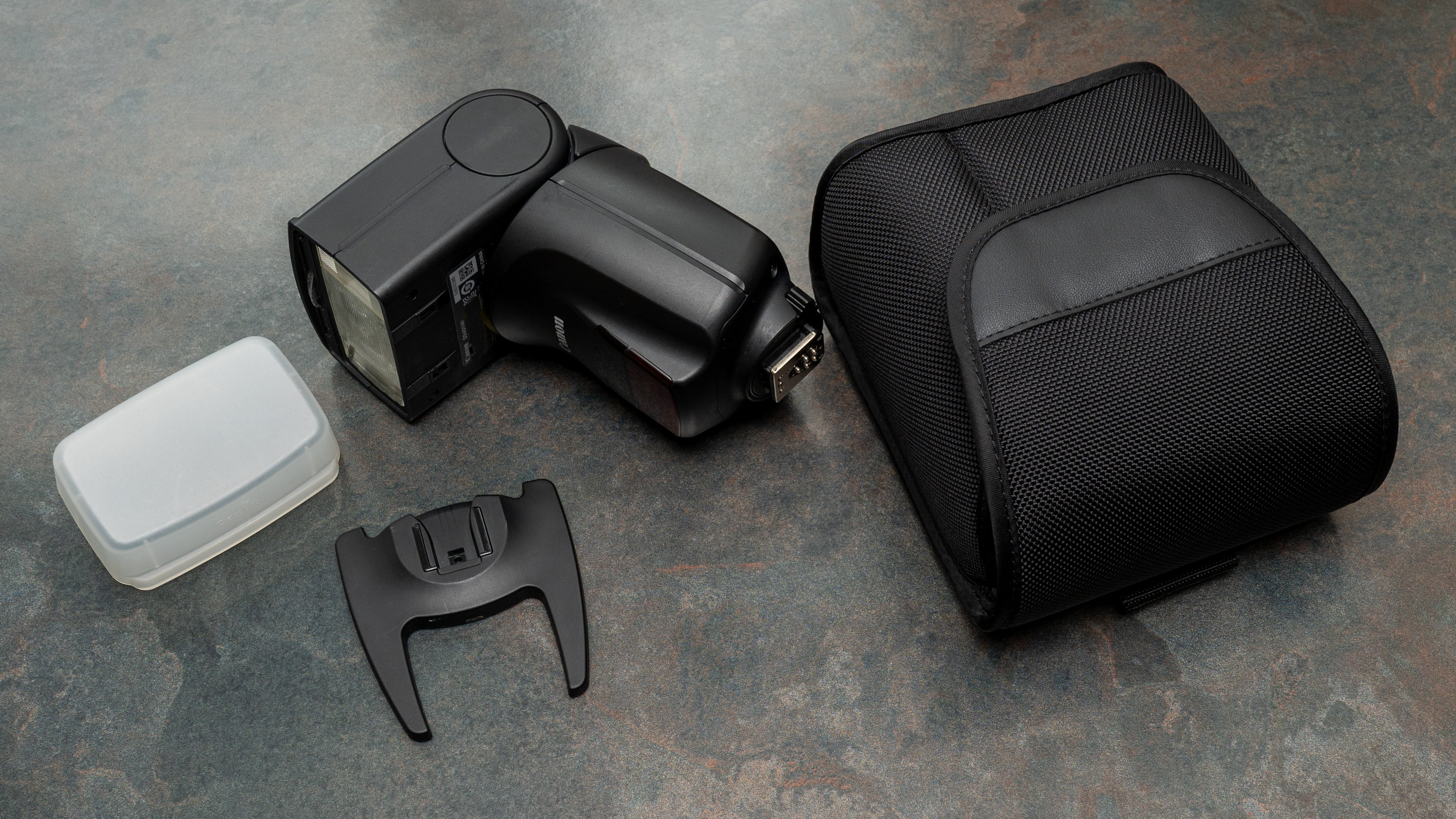
How we test flashguns
At DCW, our in-house team of experts are well-versed in testing cameras, lenses and accessories. We review equipment such as flashguns using a combination of real-world and lab testing, rating the power output of the flash, its versatility, its key features and its ease of use. We use our findings from reviews to inform our comments in buying guides. For more, see our guide to how we test and review at Digital Camera World.
Read more:
• Best Canon flashguns
• The best flashgun: the best strobe units for Canon cameras, Nikon and more
• The best flash diffusers, softboxes and modifiers
• The best flash triggers
• The best portrait lenses for Canon users
• The best monopods you can buy right now
• The 50 best camera accessories
• The 6 best LED light panels
• The best lenses for street photography
Matthew Richards is a photographer and journalist who has spent years using and reviewing all manner of photo gear. He is Digital Camera World's principal lens reviewer – and has tested more primes and zooms than most people have had hot dinners!
His expertise with equipment doesn’t end there, though. He is also an encyclopedia when it comes to all manner of cameras, camera holsters and bags, flashguns, tripods and heads, printers, papers and inks, and just about anything imaging-related.
In an earlier life he was a broadcast engineer at the BBC, as well as a former editor of PC Guide.
